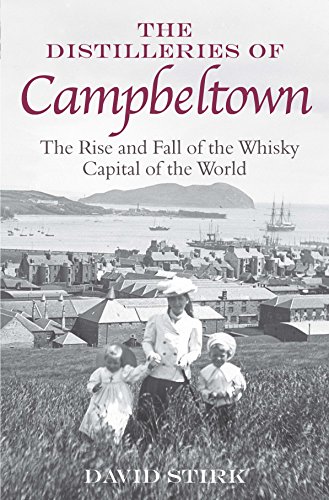Reference




OpenAI's Answer
Campbeltown's whisky industry experienced a dramatic rise and fall due to several historical and economic factors. Here's a summary of the key events:
Rise of the Campbeltown Whisky Industry:
-
Illicit Beginnings: The whisky trade in Campbeltown surged due to illicit distilling practices that were common throughout Kintyre in the 17th and 18th centuries. The area's geography, with its rugged terrain and coastal access, provided ideal conditions for distilling.
-
Legalization and Expansion: With legislation encouraging legal distilling in the early 19th century, Campbeltown rapidly expanded, reaching a peak with 29 active distilleries in 1835. The natural deep-sea harbor and the advent of steamships facilitated transport to growing markets like Glasgow, London, and America, further fueling its booming industry.
-
Whisky Capital Status: By the late 1800s, Campbeltown was known as the "whisky capital of the world," thanks to its prolific production and high-quality output.
Fall of the Campbeltown Whisky Industry:
-
Market Oversupply and Quality Declines: The early 20th century saw a glut in the whisky market, leading to increased competition and a race to the bottom in terms of quality, which tarnished Campbeltown's reputation.
-
External Economic Factors: The industry was heavily impacted by external factors such as the Temperance movement in the UK, which increased taxes on alcohol, and Prohibition in the USA, which erased a major export market.
-
The Great Depression: The Wall Street Crash of 1929 initiated the Great Depression, further crippling the whisky industry by reducing global demand and investment.
-
Rationalization and War: The economic strains of the time, coupled with both World Wars, led to a rationalization within the whisky industry, which saw many distilleries shut down. By 1930, only three distilleries remained in Campbeltown.
Today, while Campbeltown no longer holds the title of whisky capital, its remaining distilleries, such as Springbank, Glengyle, and Glen Scotia, maintain a vibrant presence in Scotland's whisky industry.